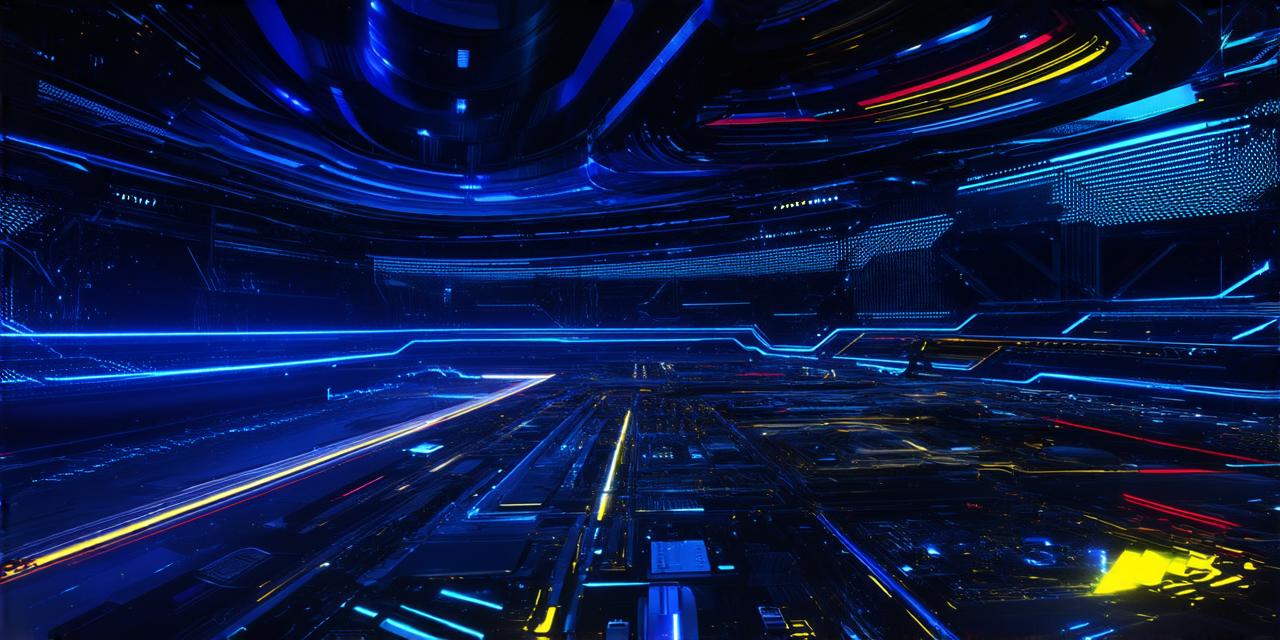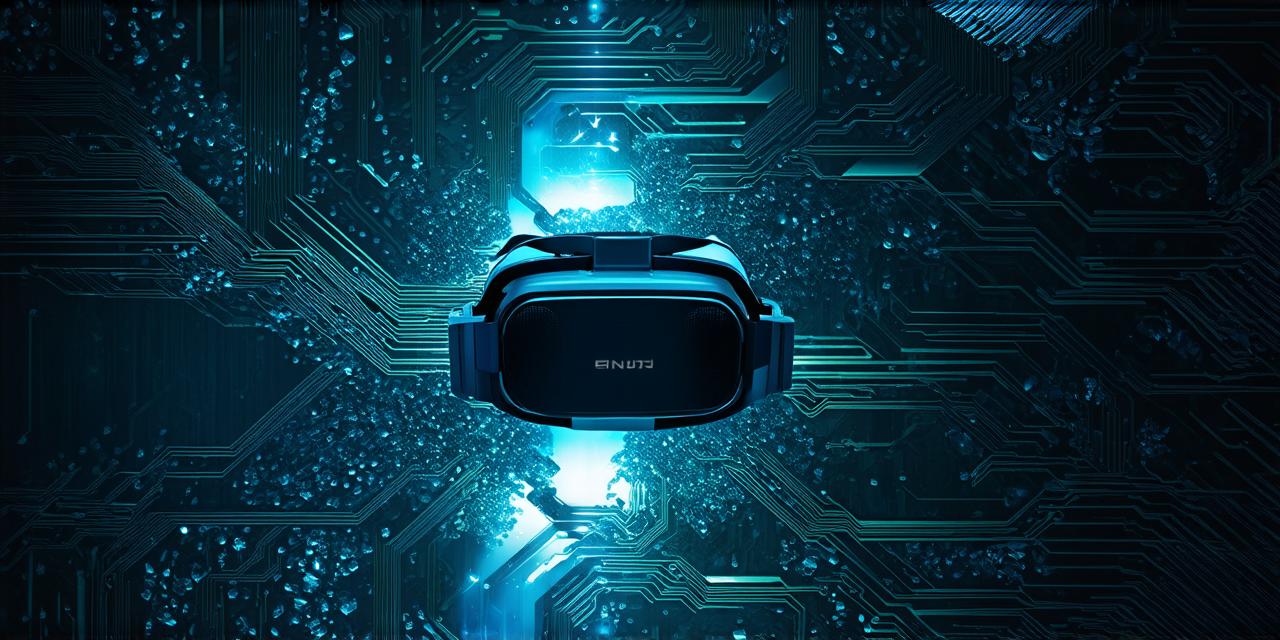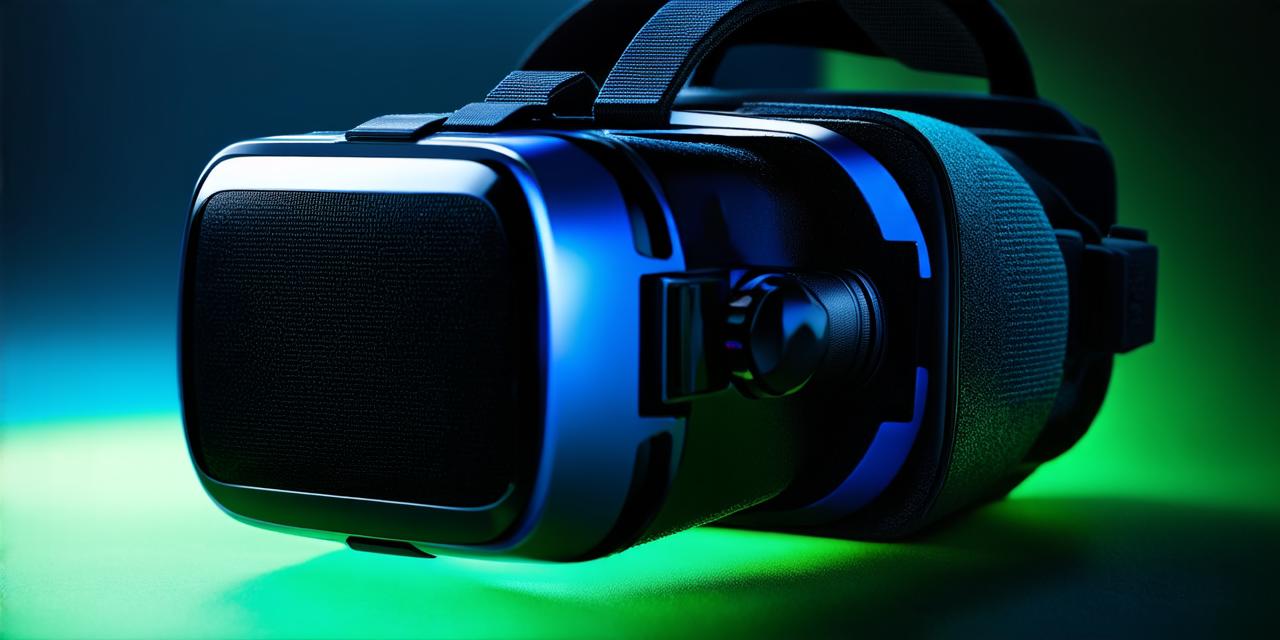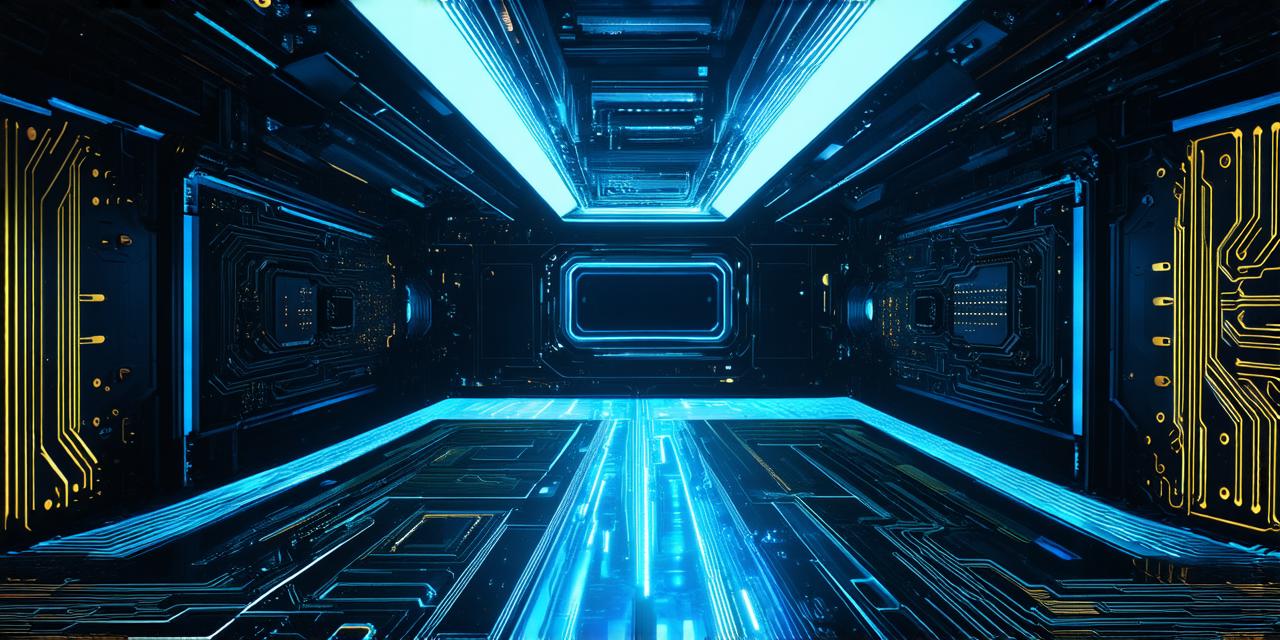Virtual reality (VR) is an emerging technology that has revolutionized the way we interact with digital content. It has the potential to transform learning by providing a more immersive, engaging, and effective way to acquire new skills and knowledge. In this article, we will explore the concept of virtual reality learning and its impact on various industries, including education, healthcare, and training.
Virtual reality learning involves using a VR headset or device to immerse oneself in a simulated environment that replicates real-world scenarios. This technology creates a sense of presence and interaction with the virtual world, allowing learners to experience and interact with content in ways that traditional classroom settings cannot match.
Virtual reality learning can be used for various purposes, including education, healthcare, and training. For example, students can use VR to explore historical events or scientific concepts in a more interactive way, while healthcare professionals can use it to simulate surgeries or practice new techniques.
The Benefits of Virtual Reality Learning
- Increased engagement
- Improved memory retention
- Enhanced problem-solving skills
- Reduced risk and cost
- Personalized learning experiences
Examples of Virtual Reality Learning in Action
Virtual reality learning is being used in various industries to improve learning outcomes and enhance the overall learning experience. Here are some examples:
- Education: Virtual reality learning has been used in education to create more engaging and immersive learning experiences for students. For example, VR can be used to explore historical events or scientific concepts in a more interactive way.
- Healthcare: Virtual reality learning is being used in healthcare to simulate surgeries and other medical procedures, allowing doctors and nurses to practice new techniques and gain valuable experience without putting patients at risk. VR can also be used to create simulations of disease outbreaks or natural disasters, allowing healthcare professionals to prepare for and respond to these events more effectively.
- Training: Virtual reality learning is being used in training to simulate real-world scenarios, such as emergency response or military operations. This technology allows learners to gain valuable experience in a safe and controlled environment, leading to better performance and reduced risk on the job. Virtual reality training can also be used to improve customer service skills or teach new software applications, allowing businesses to upskill their employees more effectively.
Case Studies and Personal Experiences
To illustrate the potential of virtual reality learning, let’s look at some case studies and personal experiences from the field:
Case Study 1: Virtual Reality in Education
The University of Maryland used VR to create a virtual tour of the National Museum of African American History and Culture. Students were able to explore the museum virtually and gain a deeper understanding of its exhibits and history, even before it officially opened to the public. This experience helped to engage students and enhance their learning outcomes.
Case Study 2: Virtual Reality in Healthcare
The Mayo Clinic used VR to create a simulation of a surgical procedure, allowing doctors to practice new techniques and gain valuable experience without putting patients at risk. The simulation was so realistic that the surgeons felt as though they were actually performing the procedure on a real patient. This technology has the potential to revolutionize surgical training and improve patient outcomes.
Personal Experience: Virtual Reality in Training
I recently used virtual reality training to learn how to operate a new software application. The VR experience was incredibly engaging and immersive, allowing me to quickly understand and use the software with ease. I found this training method much more effective than traditional classroom settings or online tutorials, as it provided a more interactive and hands-on learning experience.
The Future of Virtual Reality Learning
Virtual reality learning is still in its early stages, but it has already shown tremendous potential for enhancing learning outcomes and improving the overall learning experience. As this technology continues to evolve, we can expect to see even more innovative applications in education, healthcare, and training.
One area where virtual reality learning is likely to have a significant impact is in the field of personalized learning. By using VR to create customized learning experiences that are tailored to each learner’s needs and learning style, we can help to ensure that everyone has access to effective and engaging learning opportunities.
Another area where virtual reality learning is likely to have a significant impact is in the field of remote learning. As more people work and study from home, virtual reality technology can be used to create more immersive and engaging remote learning experiences, helping to bridge the gap between remote learners and their peers.
Summary
Virtual reality learning has the potential to transform the way we learn and interact with digital content. By providing a more engaging, immersive, and effective way to acquire new skills and knowledge, this technology can help us to unlock our full potential and achieve our goals more effectively. As virtual reality continues to evolve, we can expect to see even more innovative applications in education, healthcare, and training.
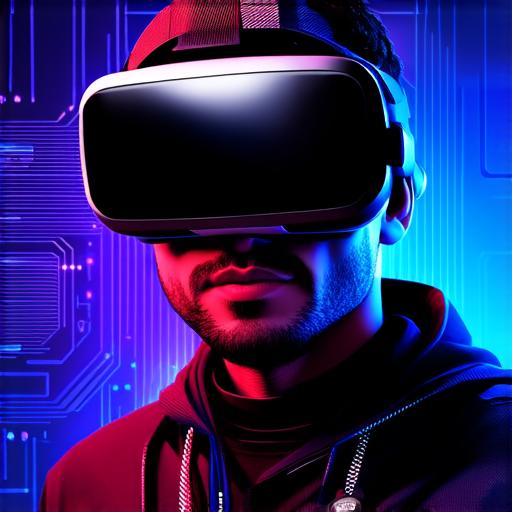
FAQs
What is virtual reality learning?
Virtual reality learning involves using a VR headset or device to immerse oneself in a simulated environment that replicates real-world scenarios. This technology creates a sense of presence and interaction with the virtual world, allowing learners to experience and interact with content in ways that traditional classroom settings cannot match.
What are some benefits of virtual reality learning?
Virtual reality learning is highly engaging, improves memory retention, enhances problem-solving skills, reduces risk and cost, and allows for more personalized and effective learning experiences.
What industries are using virtual reality learning?
Virtual reality learning is being used in education, healthcare, training, and other fields to improve learning outcomes and enhance the overall learning experience.
